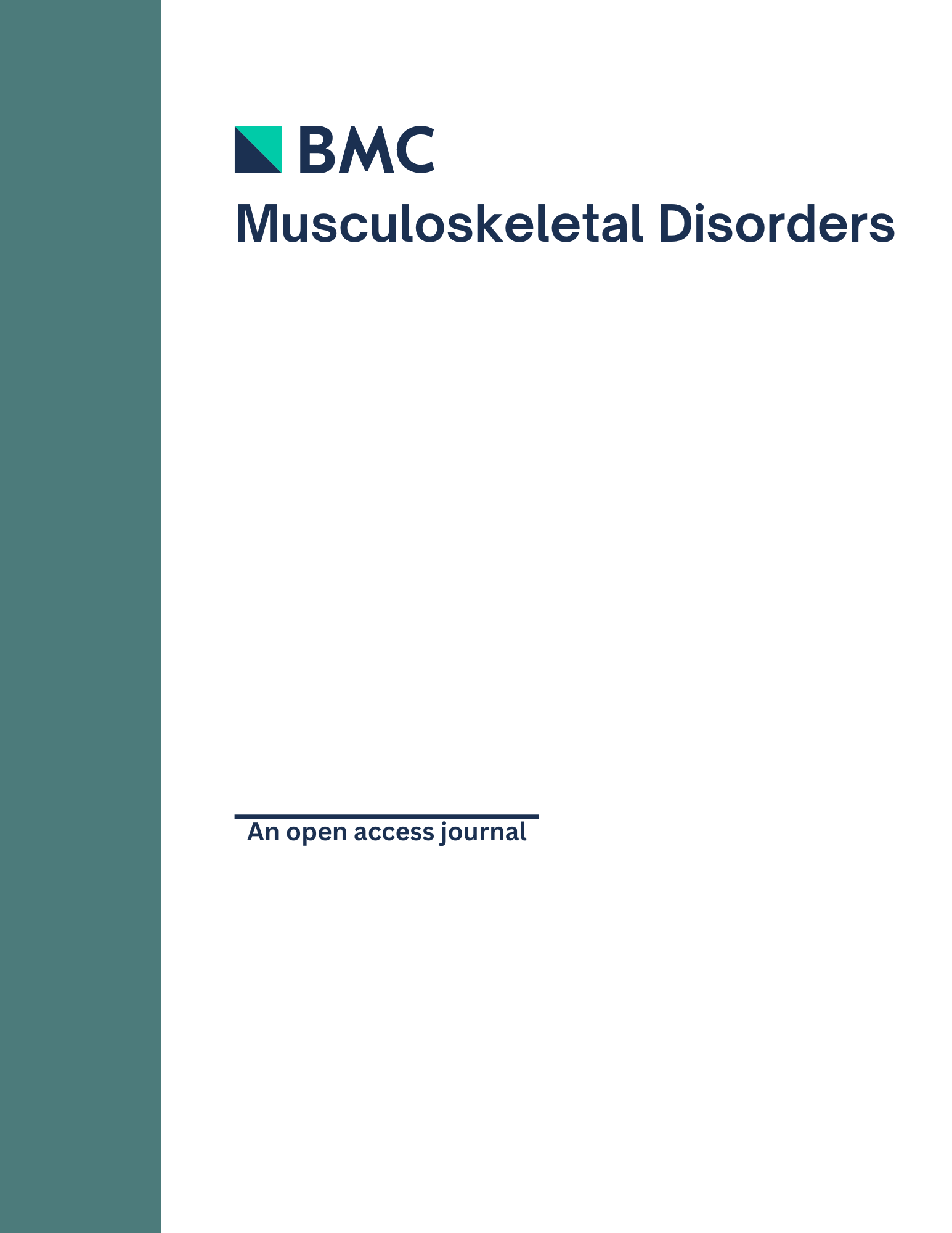
Effects of ch-OSA and Ca/Vit D3 administration in osteopenic women

Effects of ch-OSA and Ca/Vit D3 administration in osteopenic women
Choline-stabilized orthosilicic acid supplementation as an adjunct to Calcium/Vitamin D3 stimulates markers of bone formation in osteopenic females: A randomized, placebo-controlled trial
BMC Musculoskelet Disord. 2008 Jun 11;9:85Did you know you're eligible to earn 0.5 CME credits for reading this report? Click Here
Synopsis
184 osteopenic (T-score spine < -1.5) caucasian women all received daily administration of 1000 mg Ca and 20 microg cholecalciferol (Vit D3). In addition, the women were randomized to receive either oral choline-stabilized orthosilicic acid (ch-OSA) or placebo treatment for 1 year. 136 women completed the study. At 1 year, the combined therapy of ch-OSA and Ca/Vit D3 demonstrated a potential beneficial effect on bone type I collagen formation (PINP) that was significant at 12 months for the 6 and 12 mg Si dose compared to Ca/Vit D3 treatment alone.
Was the allocation sequence adequately generated?
Was allocation adequately concealed?
Blinding Treatment Providers: Was knowledge of the allocated interventions adequately prevented?
Blinding Outcome Assessors: Was knowledge of the allocated interventions adequately prevented?
Blinding Patients: Was knowledge of the allocated interventions adequately prevented?
Was loss to follow-up (missing outcome data) infrequent?
Are reports of the study free of suggestion of selective outcome reporting?
Were outcomes objective, patient-important and assessed in a manner to limit bias (ie. duplicate assessors, Independent assessors)?
Was the sample size sufficiently large to assure a balance of prognosis and sufficiently large number of outcome events?
Was investigator expertise/experience with both treatment and control techniques likely the same (ie.were criteria for surgeon participation/expertise provided)?
Yes = 1
Uncertain = 0.5
Not Relevant = 0
No = 0
The Reporting Criteria Assessment evaluates the transparency with which authors report the methodological and trial characteristics of the trial within the publication. The assessment is divided into five categories which are presented below.
4/4
Randomization
4/4
Outcome Measurements
4/4
Inclusion / Exclusion
4/4
Therapy Description
3/5
Statistics
Detsky AS, Naylor CD, O'Rourke K, McGeer AJ, L'Abbé KA. J Clin Epidemiol. 1992;45:255-65
The Fragility Index is a tool that aids in the interpretation of significant findings, providing a measure of strength for a result. The Fragility Index represents the number of consecutive events that need to be added to a dichotomous outcome to make the finding no longer significant. A small number represents a weaker finding and a large number represents a stronger finding.
Why was this study needed now?
Recent research demonstrates a physiological role of silicon (Si) in the form of orthosilicic acid (OSA, Si(OH)4) in bone formation process. It has a particular scope in the treatment of osteoporosis, which is a leading cause of morbidity and mortality worldwide. The study was conducted as the effects of oral choline-stabilized orthosilicic acid (ch-OSA) on markers of bone turnover and bone mineral density (BMD) have been unknown.
What was the principal research question?
What are the effects of oral choline-stabilized orthosilicic acid (ch-OSA) on markers of bone turnover and bone mineral density (BMD), as evaluated over 12 months?
What were the important findings?
- Baseline bone markers levels were not significantly different between two groups (p>0.05)
- After 12 months, type I collagen formation (PINP) levels were significantly higher in intervention group compared to the placebo group (p<0.05)
- Lumbar spine and femur BMD remained unchanged after 12 months of ch-OSA administration
- A pattern for a dose dependent response was observed in the bone resorption marker, collagen type I C-terminal telopeptide (CTX-I)
- Post hoc analysis indicated that the BMD at the femoral neck exhibited a significant negative change from baseline T-score femur <-1 with the 6 mg dose compared to placebo (p<0.05)
What should I remember most?
Combined therapy of ch-OSA and Ca/Vit D3 demonstrated a potentially beneficial effect on bone type I collagen formation (PINP), which was significant at 12 months for the 6 and 12 mg Si dose compared to Ca/Vit D3 treatment alone.
How will this affect the care of my patients?
There is potential for future use of combined therapy of ch-OSA and Ca/Vit D3 in osteoporosis with the observed beneficial effect on bone collagen compared to Ca/Vit D3 alone. However, further studies with larger population sizes should be conducted.
Learn about our AI Driven
High Impact Search Feature
Our AI driven High Impact metric calculates the impact an article will have by considering both the publishing journal and the content of the article itself. Built using the latest advances in natural language processing, OE High Impact predicts an article’s future number of citations better than impact factor alone.
Continue



 LOGIN
LOGIN

Join the Conversation
Please Login or Join to leave comments.